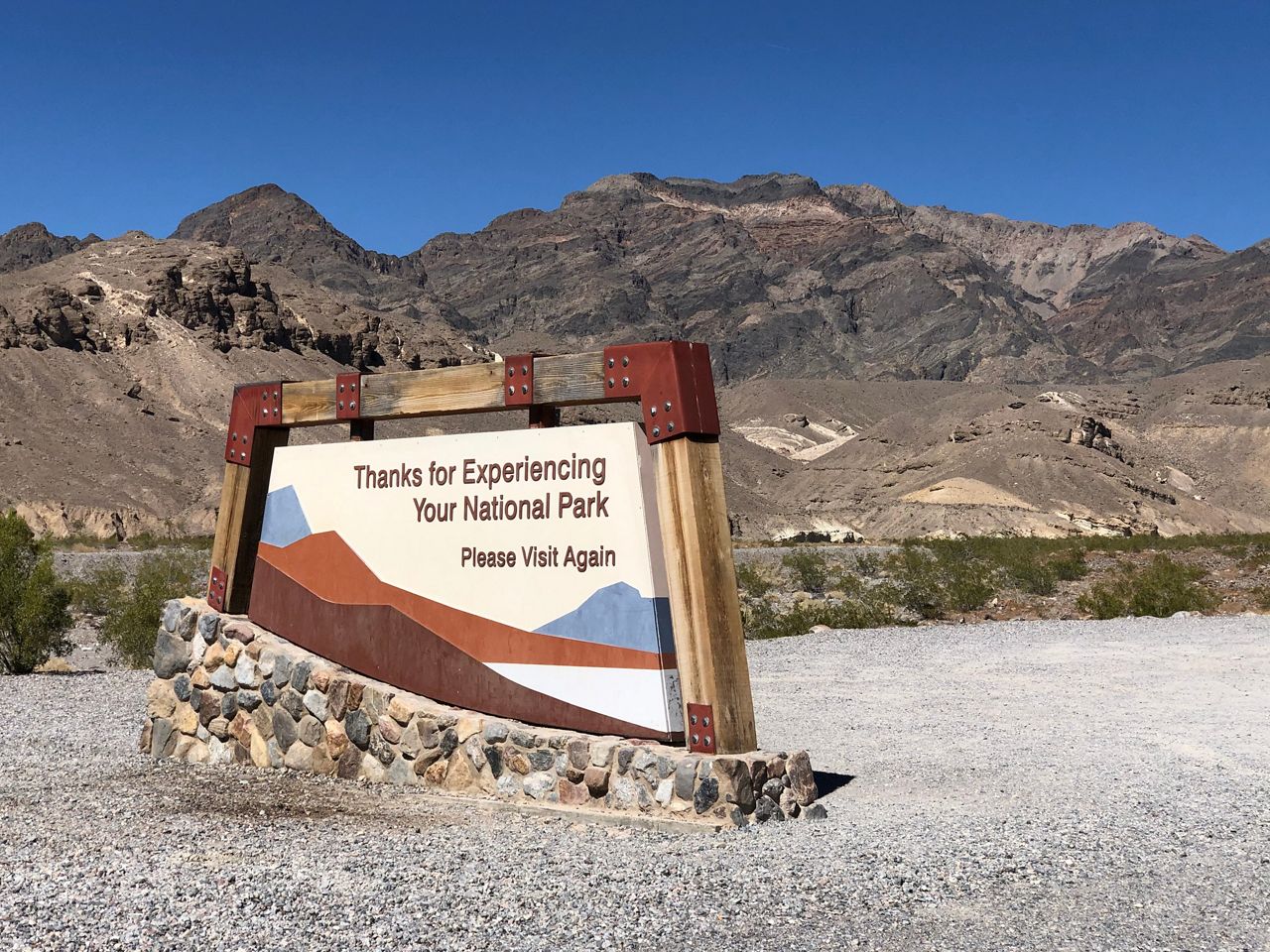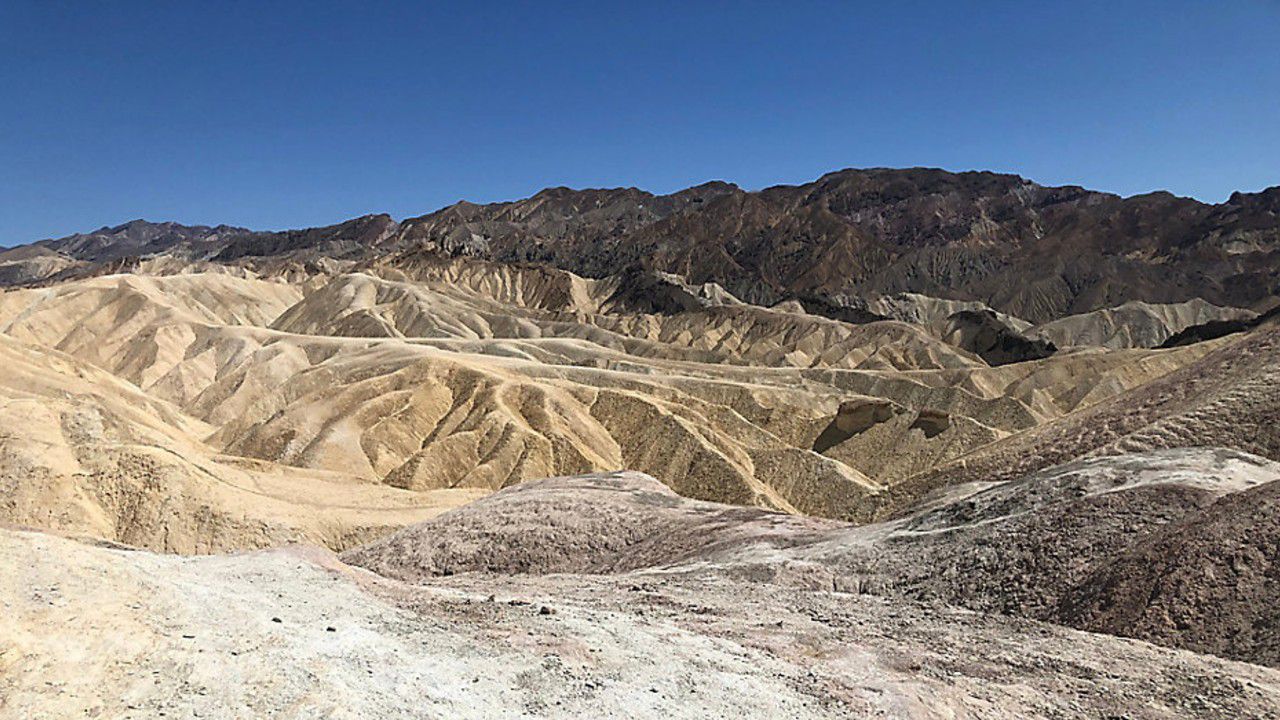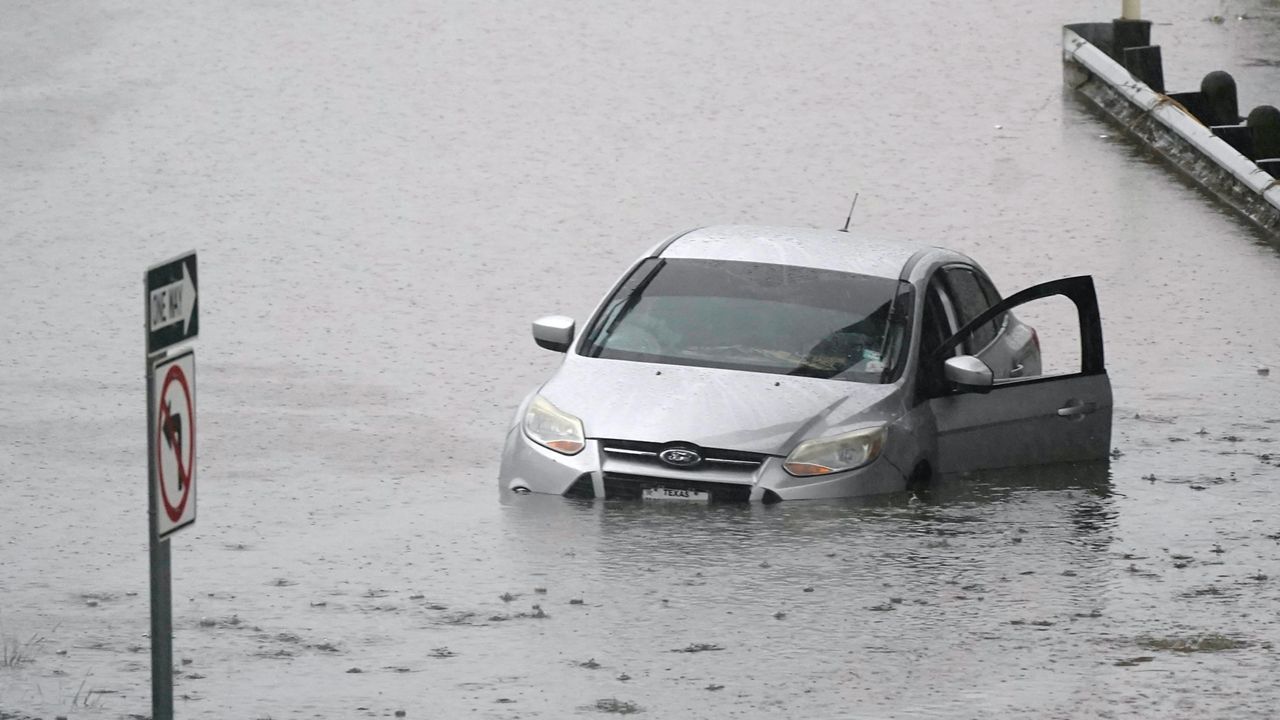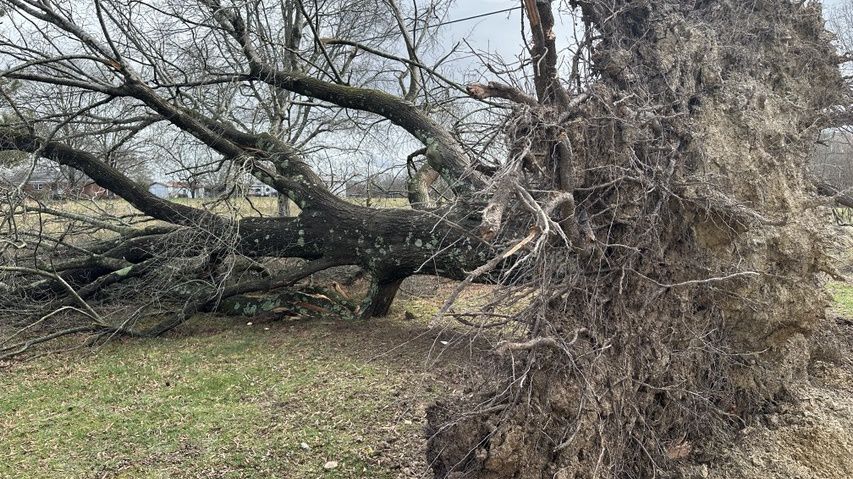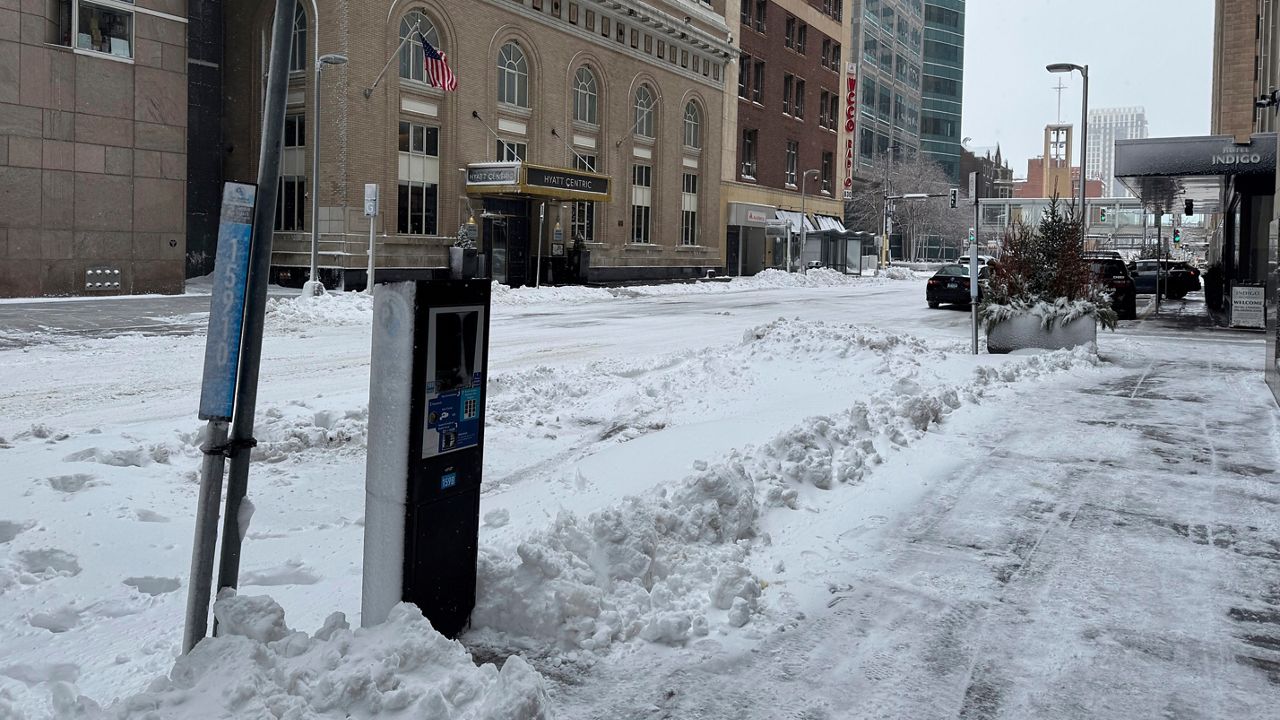My family and I have had the privilege of taking some long road trips over the past several summers. Last summer, our trip took us to the Southwest U.S., and many of our stops were in the locations that are being hit hard by this most recent heat wave.
It was hot while we were there – 114 degrees in Death Valley, for instance – but not as hot as what's been happening over the past several weeks. On July 10, Las Vegas hit 117 degrees, tying their all-time record high.

Lake Mead was lower than average when we were there, but nothing like it is in July 2021.
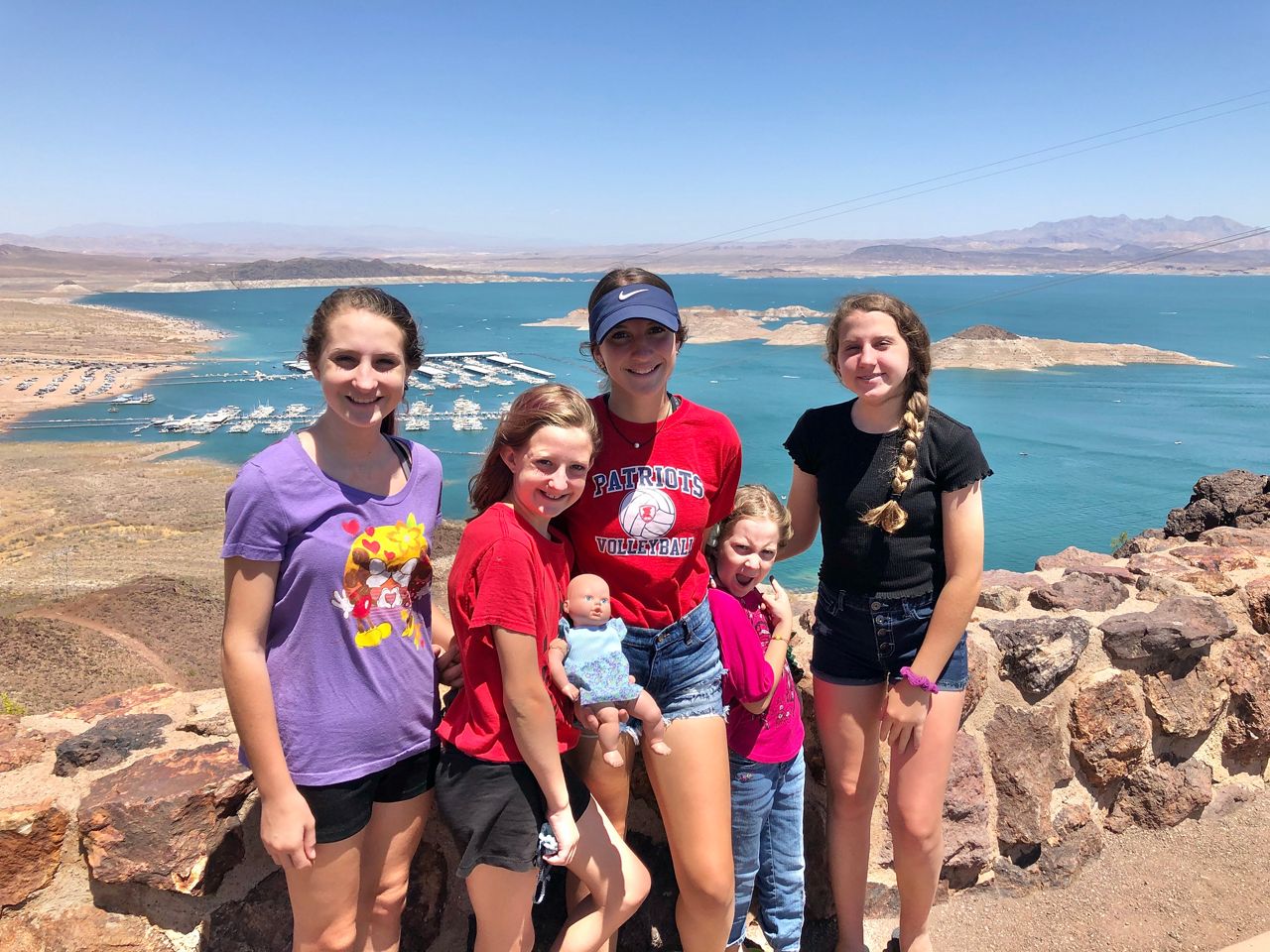
Death Valley hit 130 degrees on July 10, which was only four degrees shy of the all-time world record high temperature, also recorded in Death Valley.
So, what is it that makes Death Valley so hot that this one spot, in southeastern California and southern Nevada, frequently records the hottest temperatures on the planet?
First of all, a little about Death Valley National Park. It's quite large – over 3 million acres. And while the basin of Death Valley is the hottest and driest place on Earth, the park itself features a huge range of elevations and diverse wildlife.
Just a little west of the park itself is Mt. Whitney. Its peak reaches over 14,500 feet. Mt. Whitney is the highest location in the contiguous United States. Within the boundaries of the park is Telescope Peak, topping out at over 11,000 feet in elevation. These tall mountains are part of the reason Death Valley is so hot and dry.
We entered Death Valley from the west via Highway 190. Even though it was the middle of the day, temperatures were quite pleasant, mainly in the lower 80s.
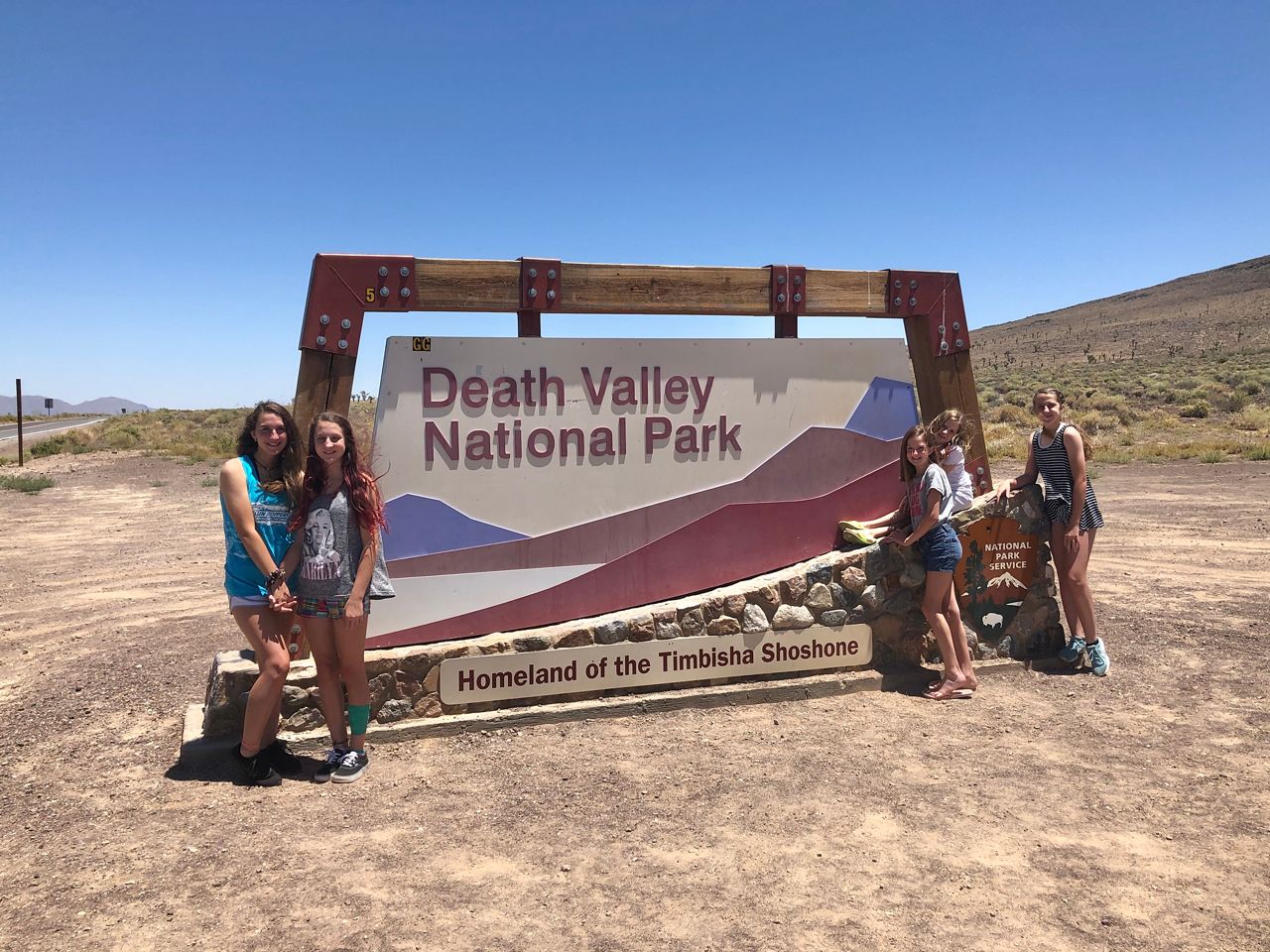
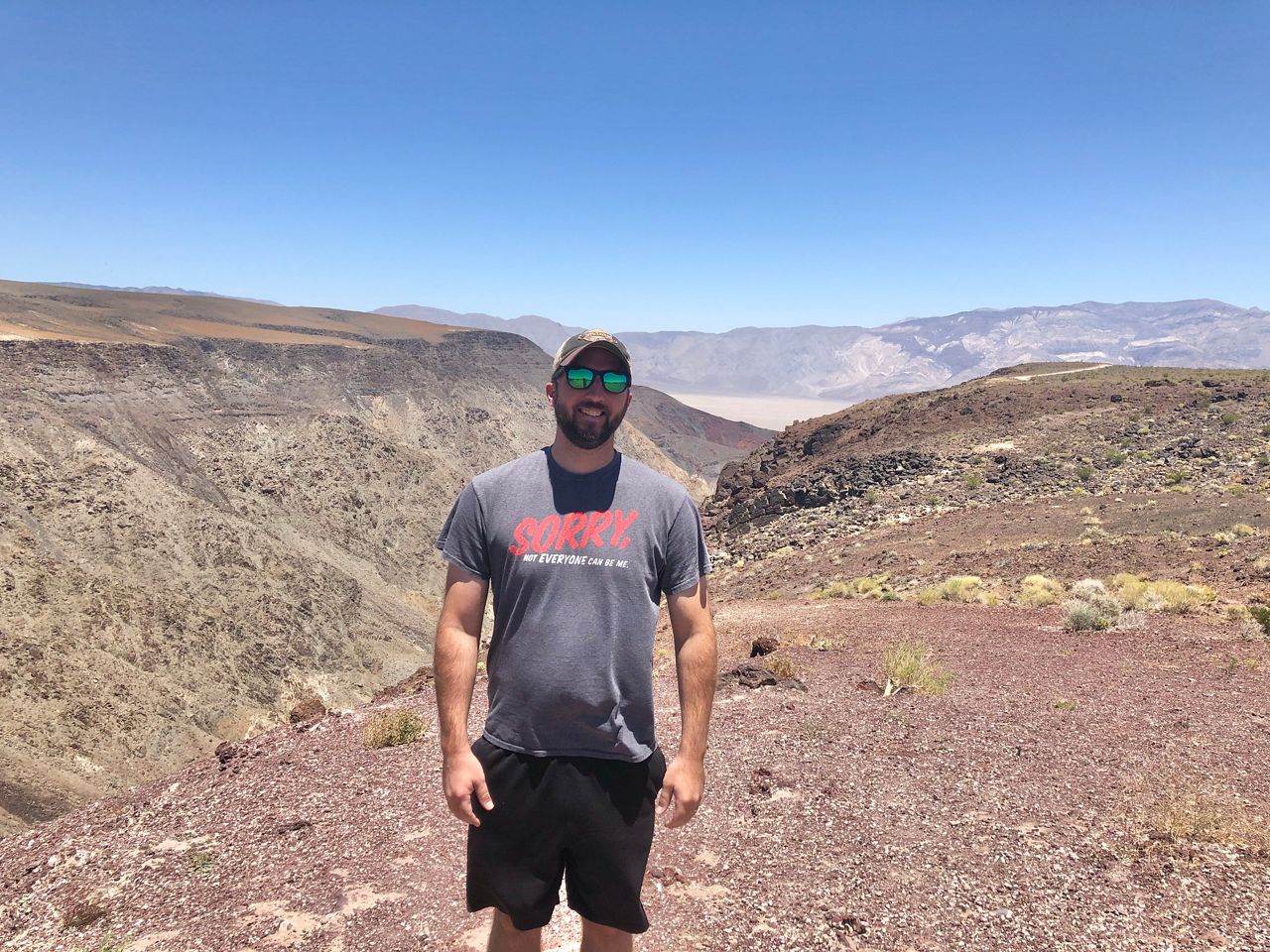
In general, as you travel Highway 190, the elevation continues to drop.
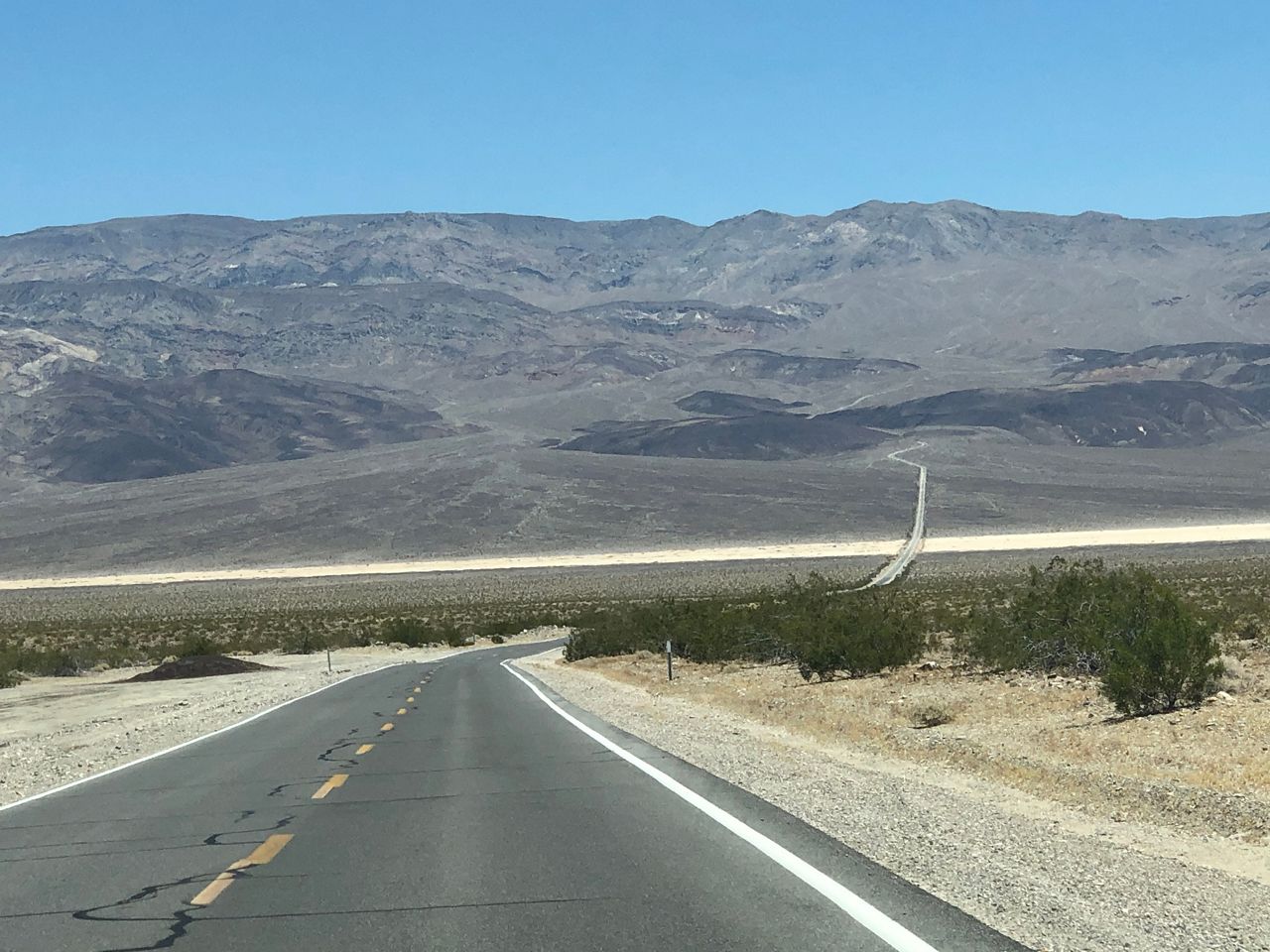
In fact, the elevation continues to drop down to sea level, and then you continue to go down in elevation.
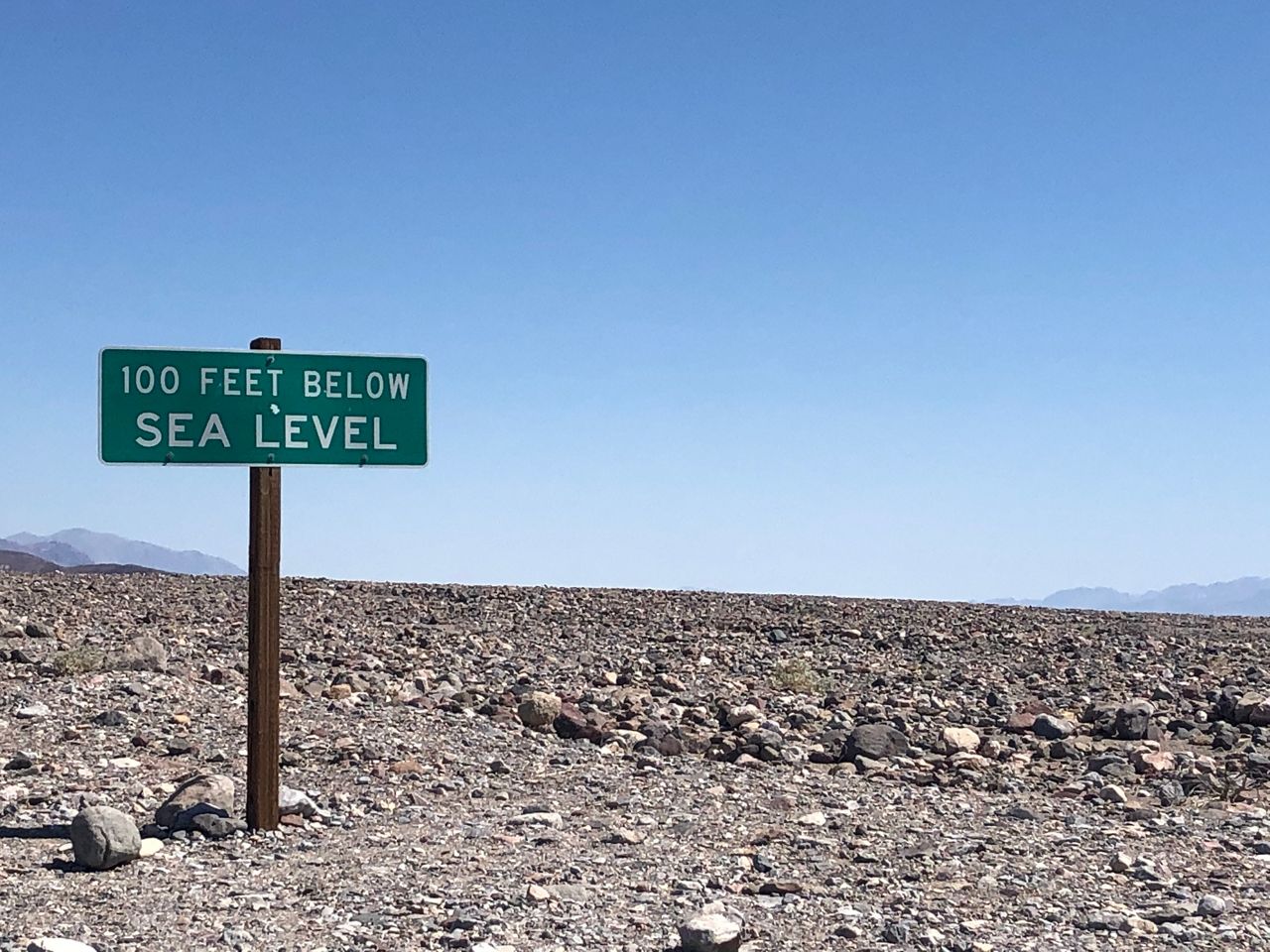
The lowest point in the park, Badwater Basin, is 282 feet below sea level, making it the lowest point in North America. Maybe even more impressively, Badwater Basin is only 84 miles from Mt. Whitney. Let that sink in: The lowest point in North America and the highest point in the Lower 48 are only 84 miles apart. That still blows my mind.
Along Highway 190, you will find Furnace Creek. That is the location of the famous Death Valley temperature observations, and that is the location where the hottest temperature on Earth was recorded. It was incredibly hot while we were there (though not as hot as in early July), and it was incredibly difficult to spend more than a few minutes outside.
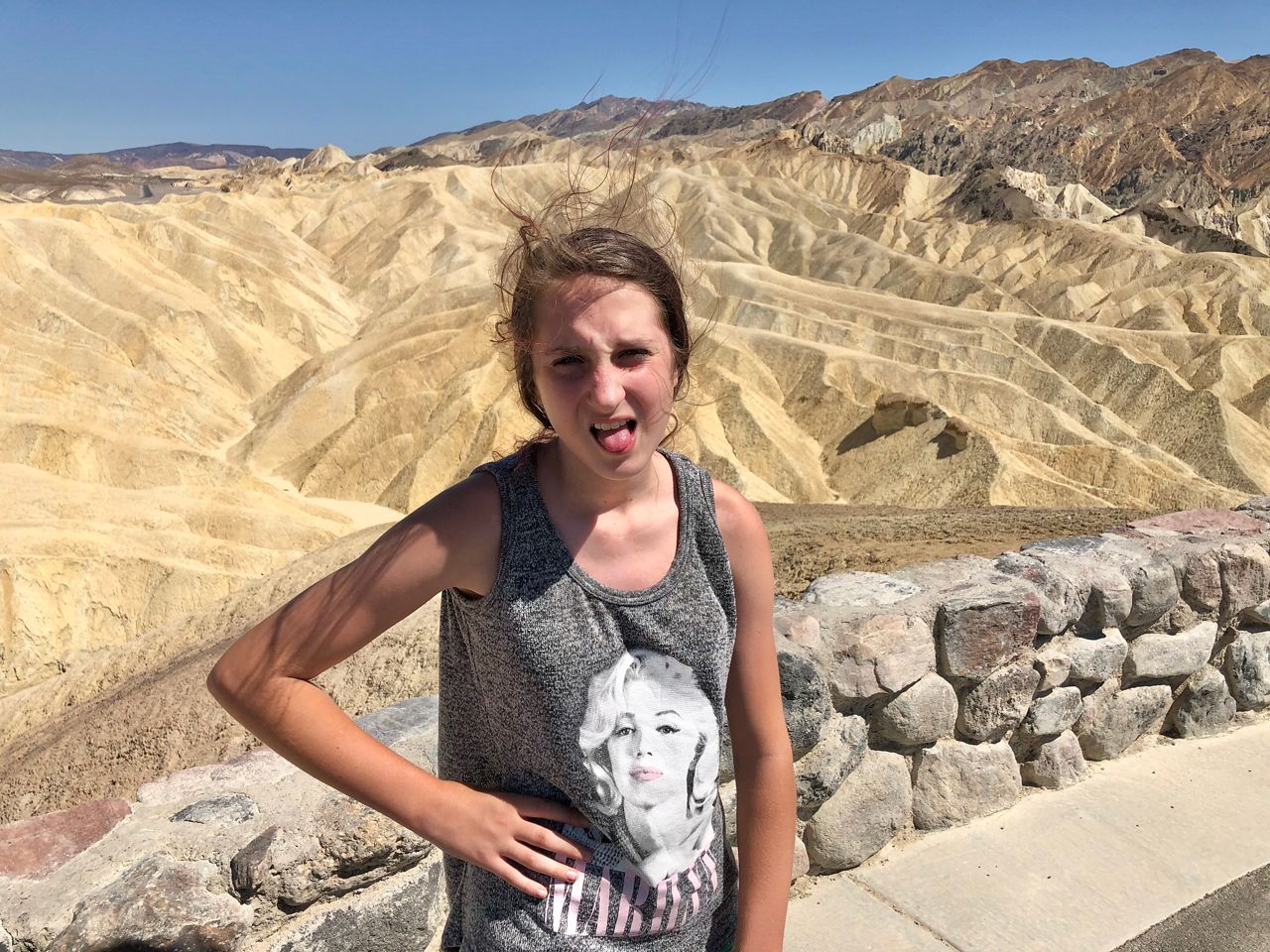
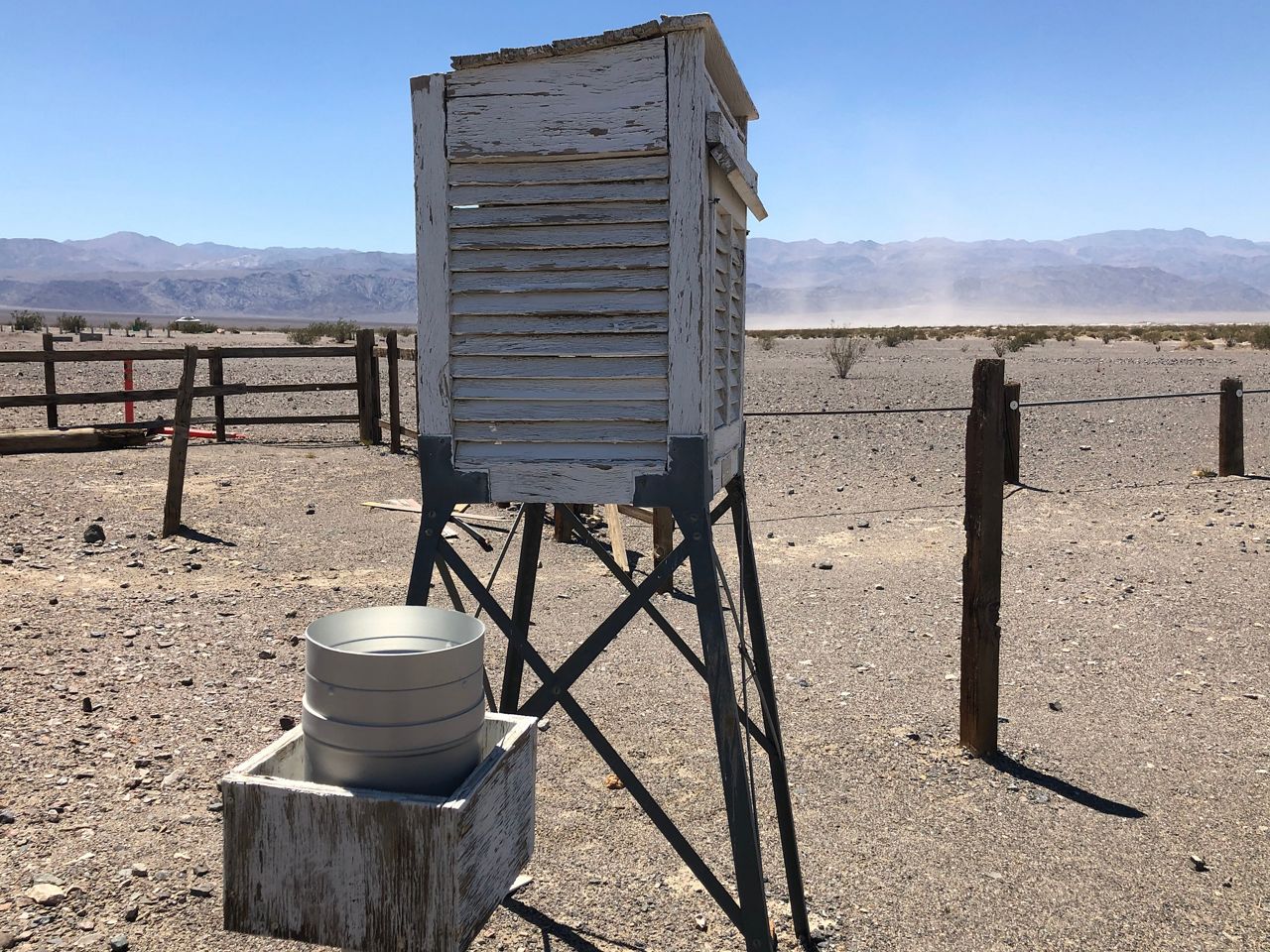
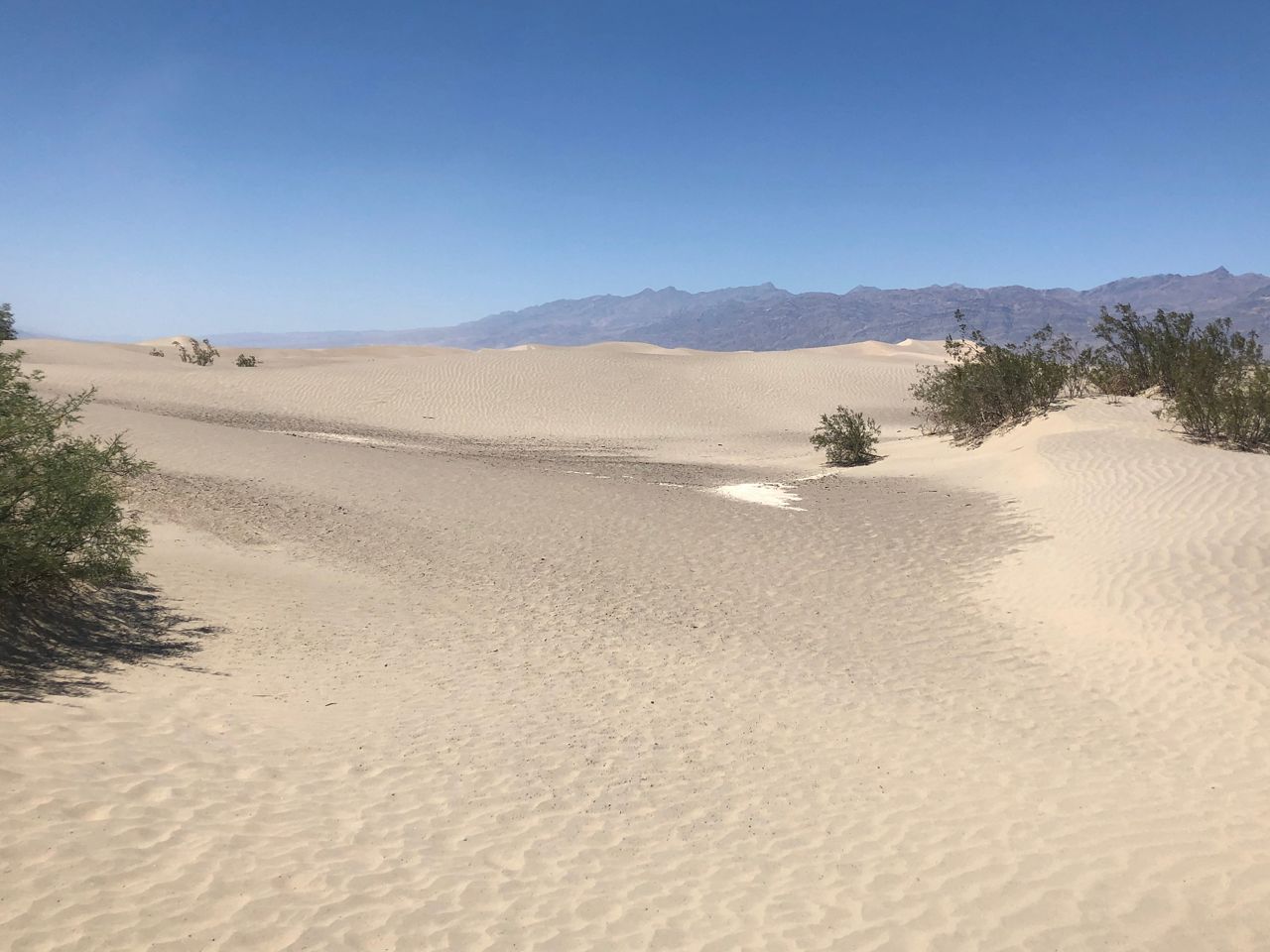
Those large mountains just to the west of the park create a significant rain shadow effect. As storm systems roll in off the Pacific, those mountains wring out the moisture, leaving very little to none for locations immediately to their east.
Because the basin is so dry, there is very little plant life. The powerful summer sun heats the sand and soil directly, and that ground radiates that heat back upward.
However, due to the steep canyon walls in the surrounding topography, the heat can't escape. The rising air cools slightly but then sinks again (cool air is denser than warm air), and as the air sinks again, it further warms the environment due to compressional warming. It's the perfect geographic setup to generate extreme temperatures.
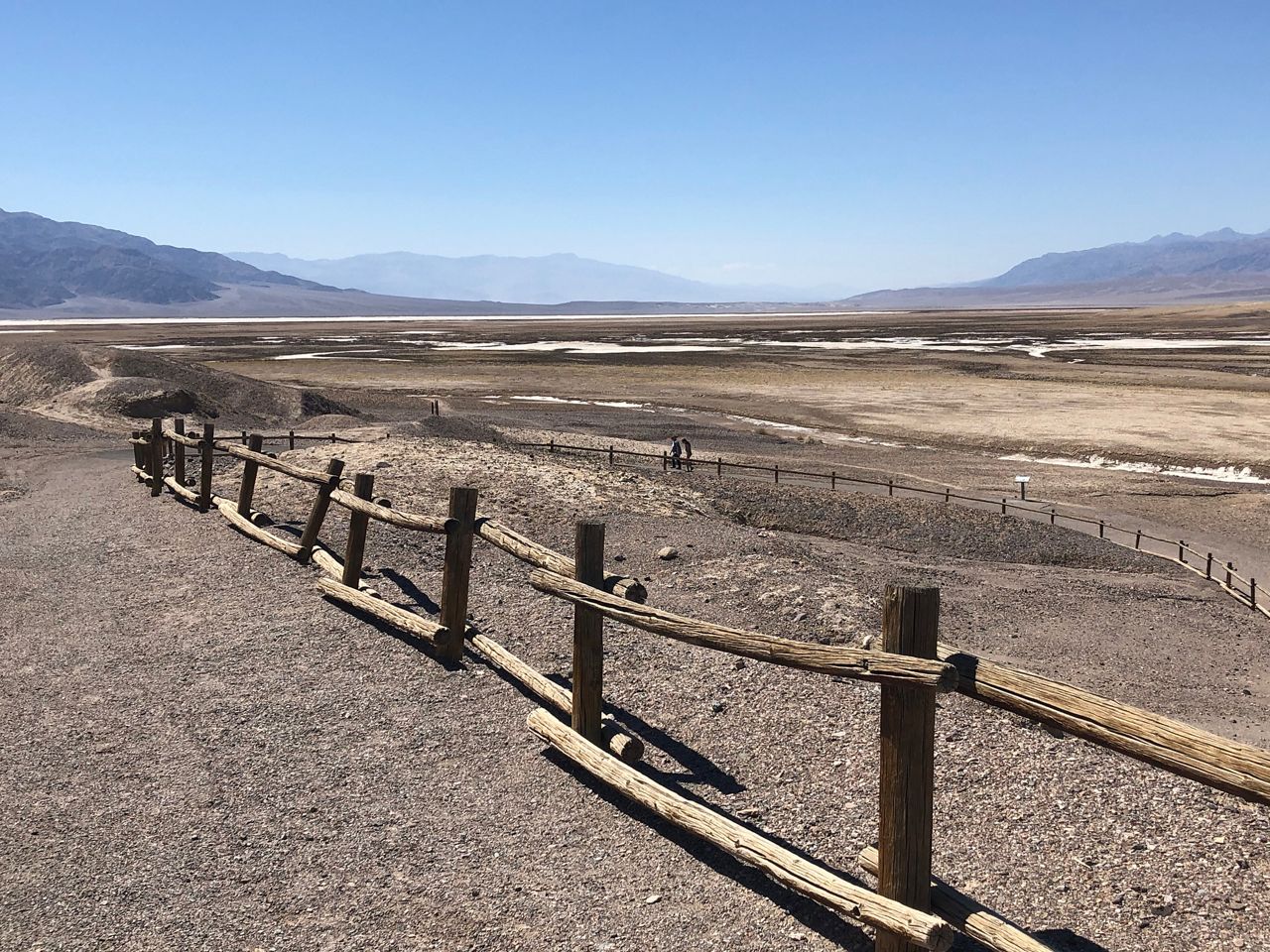
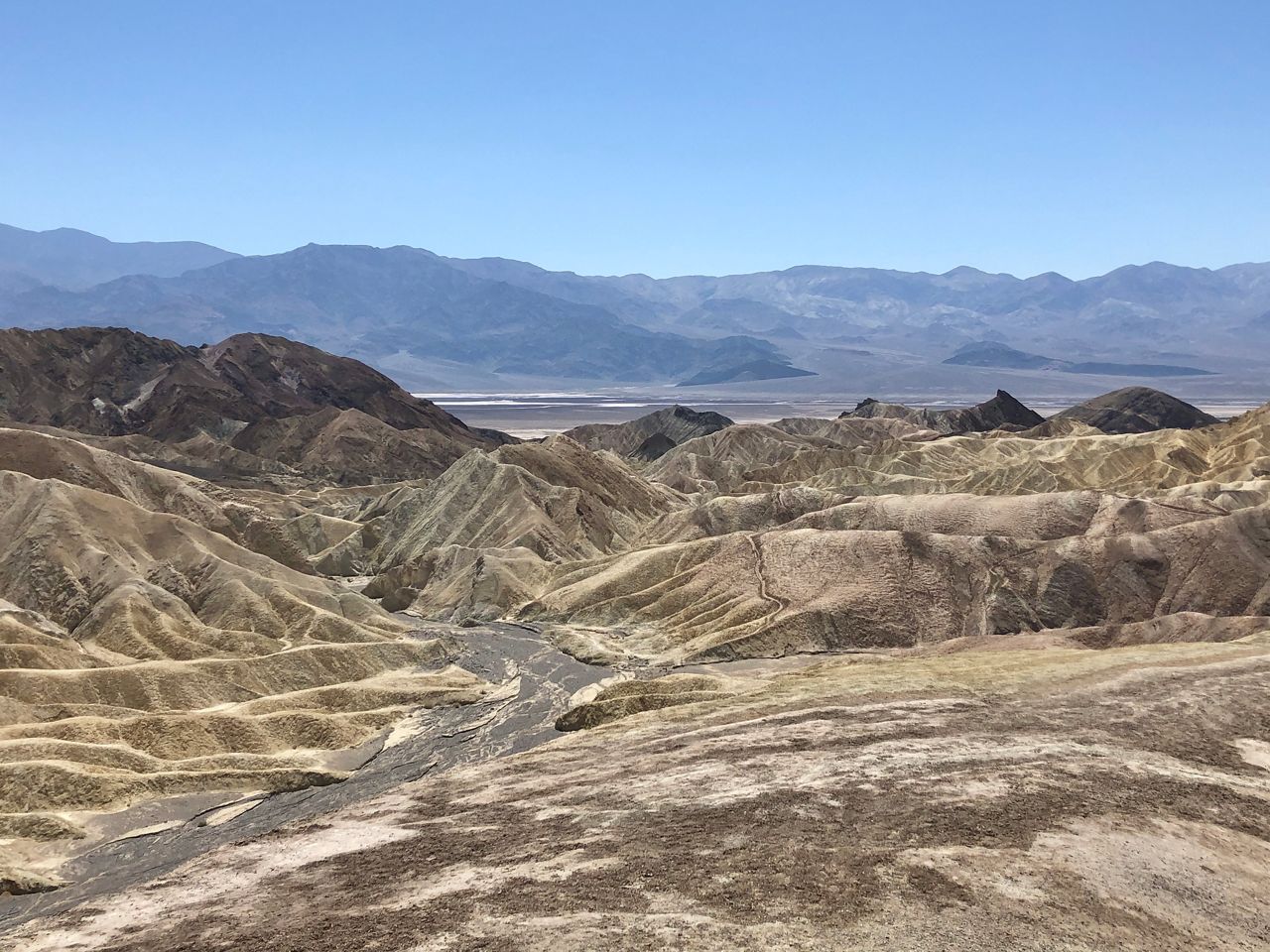
I was amazed at how often this area has been populated and worked through history. Even in relatively recent history (geologically speaking), the Harmony Borax works employed dozens of people in the 1800s.
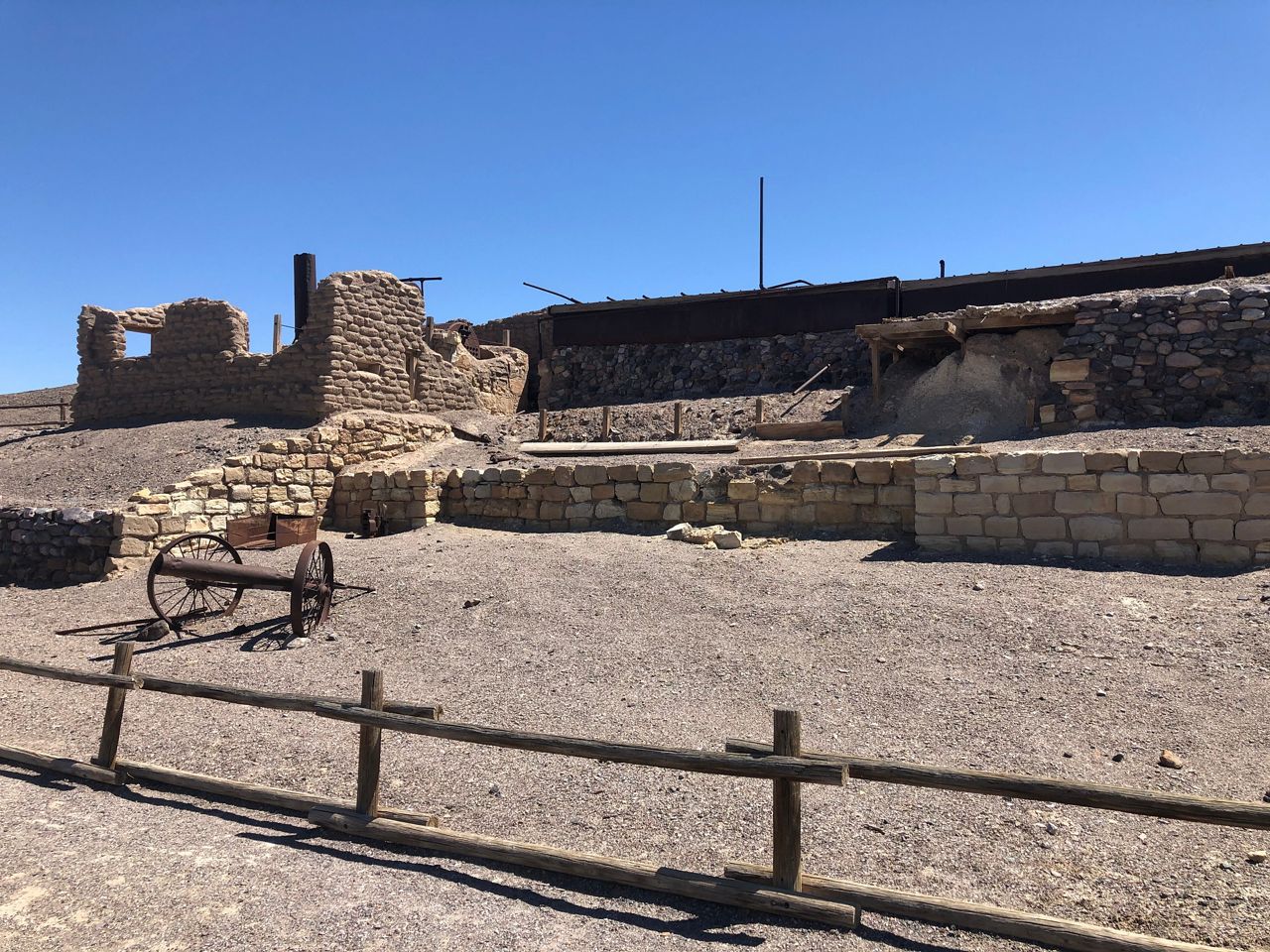
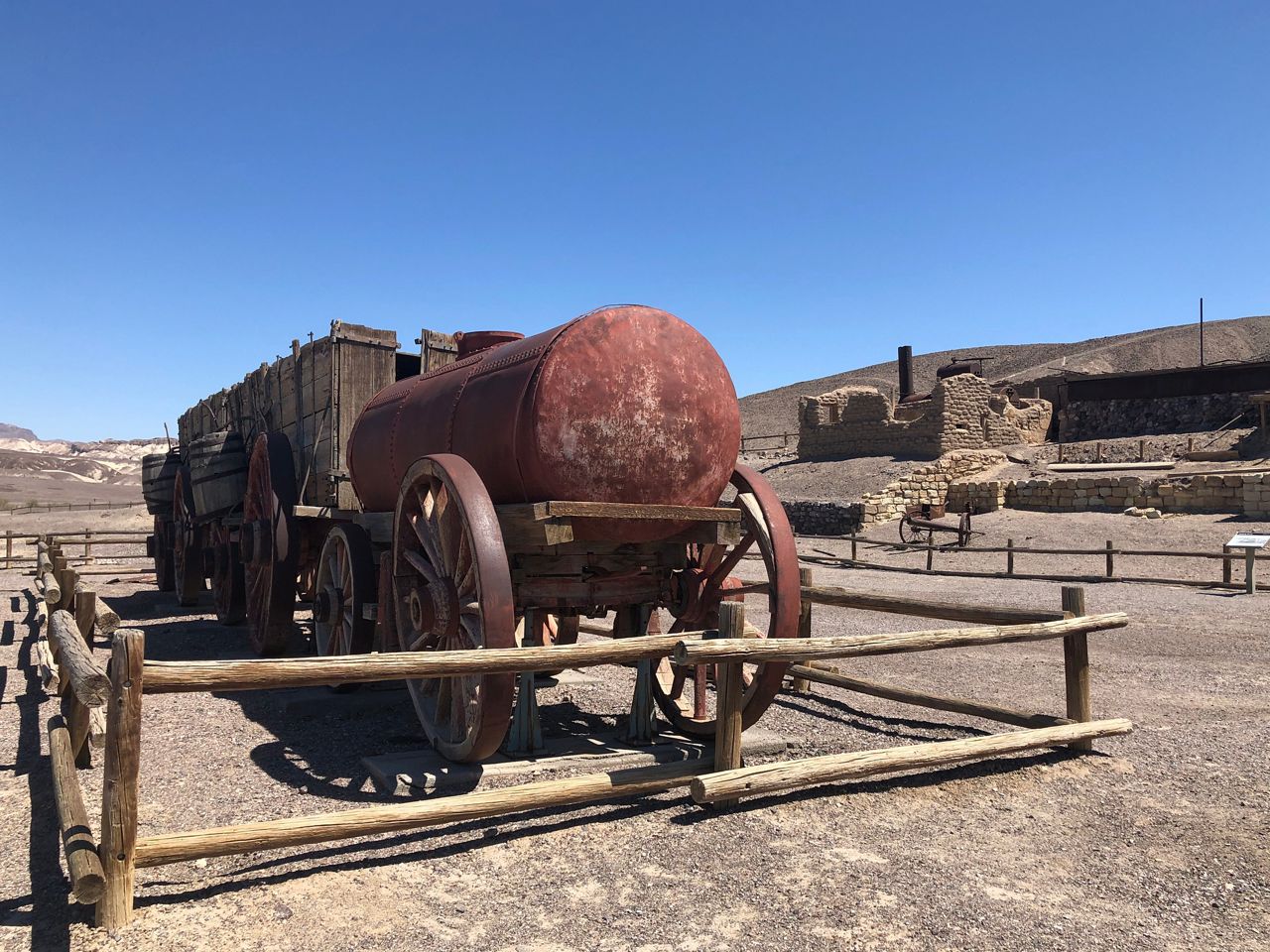
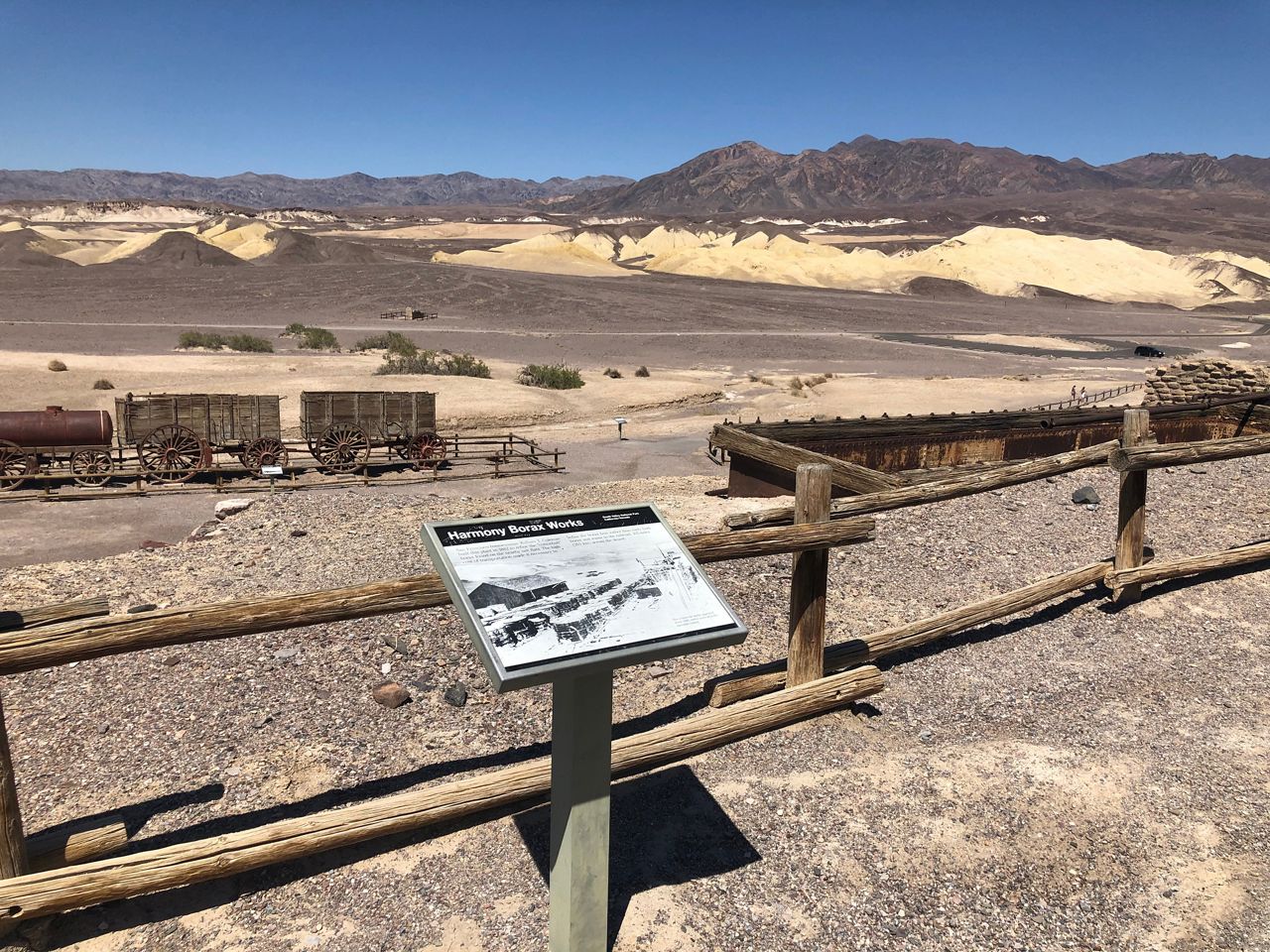
For a weather and geography nerd, seeing Death Valley first-hand was an incredible experience.
